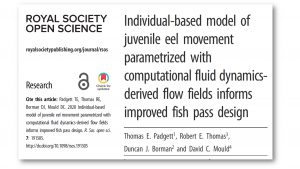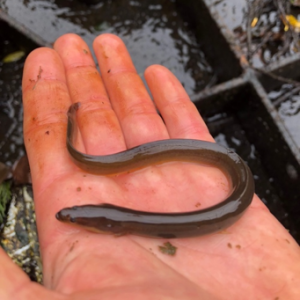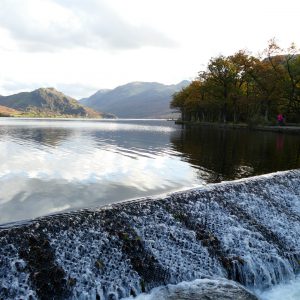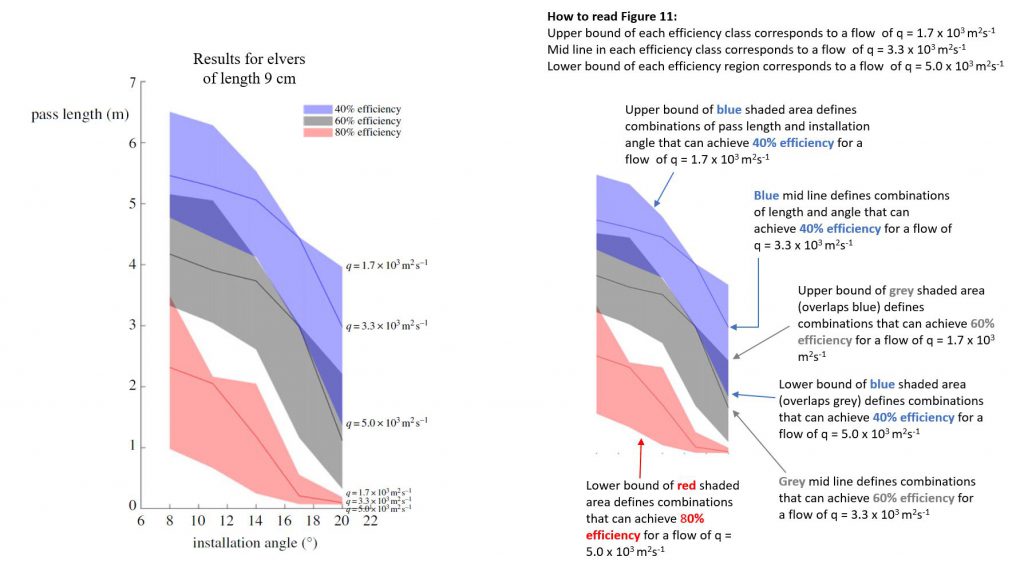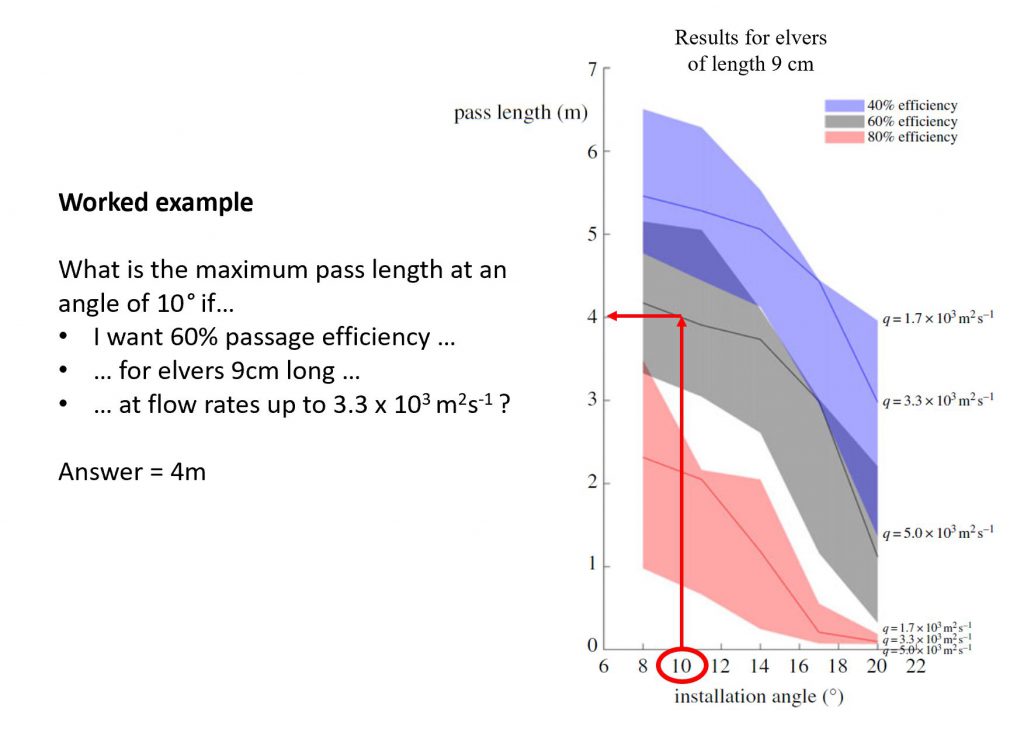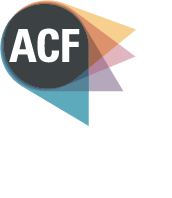Modelling eel movement to improve fish pass design
Tom Padgett has completed his PhD research, sponsored by JBA Trust, into how weirs, fish passes and hydro-electric plants can best be configured to avoid disruption to eel and fish migration.
Tom recently published results of his research in the Royal Society Open Science Journal.
The paper is open access, so anyone can read it for free. Follow the link to the right to go to the paper.
The research problem
Eels (Anguilla anguilla) hatch in the Sargasso Sea, and after several years there follow the Gulf Stream currents across the Atlantic to Europe. They then enter estuaries and swim upstream to settle in lakes, where they can live and grow for decades. Barriers such as weirs and pumping stations can disrupt the upstream migration of juvenile eels (elvers) to freshwater, and have been blamed in part for their marked population decline this century – eels are now a critically endangered species.
In recent years, in particular since the implementation of the Eels Regulations (2009), there has been considerable investment in eel passes at in-river structures to aid upstream migration. Eel passes are effectively a sloping channel with a textured lining, such as bristles or pegs, which can help elvers to ascend upstream and bypass a barrier such as a weir. Currently, studded eel tiles are a popular type of eel pass, but few studies have critically assessed the hydraulic and ecological performance of these tiles. This evidence is needed to help river engineers and ecologists understand what makes an eel pass more (or less) effective under different circumstances.
How the problem was solved
In his PhD research, Tom used a combination of two types of model, Computational Fluid Dynamics (CFD), and agent-based models of the swimming behaviour of elvers, to understand the “passability” of different eel tile layouts. The findings of this research are very much aimed at practitioners and those who design such passes; there is no need to understand CFD or agent-based modelling to make use of the findings.
Tom used the flexibility of computational modelling to test different eel tiles at different installation slopes, under several different water flow rates, and for different elver and eel life stages. Overall, passage efficiency decreases with increasing discharges (flow) and steeper installation angles; it increases as elvers get larger, and older.
Interpreting the results
The research provides specialists and regulatory authorities with practical criteria to inform and optimize the design and implementation of studded eel passes.
The key numerical findings are summarised in Figure 11 of the paper, which shows how different combinations of eel pass length, slope angle and water flow rate are predicted to result in differing eel passage efficiencies for elvers of length 5 cm, 7 cm or 9 cm. We have added some further interpretation here, to help explain how to read the results.
How can I use the results?
When the target eel and elver lengths (or ages) are known, the passage efficiency estimated by the models can be used to find the optimal installation slope and permissible inflow discharge or depth. The paper describes five different ways in which the results can be used in practice. We’ve illustrated a simple worked example here, in graphical form.
This contribution to the evidence base around improving eel passage should prove useful to academics and practitioners alike.
Tom’s research project was funded, with our help, through the EPSRC Centre for Doctoral Training in Fluid Dynamics at the University of Leeds. Academic supervision was by Dr Robert Thomas and Dr Duncan Borman at Leeds, with support from Dr David Mould of JBA Consulting.
Summary of research outputs
Python code: The fishPy tool: An individual-based model to predict upstream movements of brown trout (Salmo trutta)
Dataset: Two models for the upstream movements of juvenile European eels through studded eel tiles
Citation
Padgett Thomas E., Thomas Robert E., Borman Duncan J. and Mould David C. (2020) Individual-based model of juvenile eel movement parametrized with computational fluid dynamics-derived flow fields informs improved fish pass design. 7. R. Soc. open sci. http://doi.org/10.1098/rsos.191505

